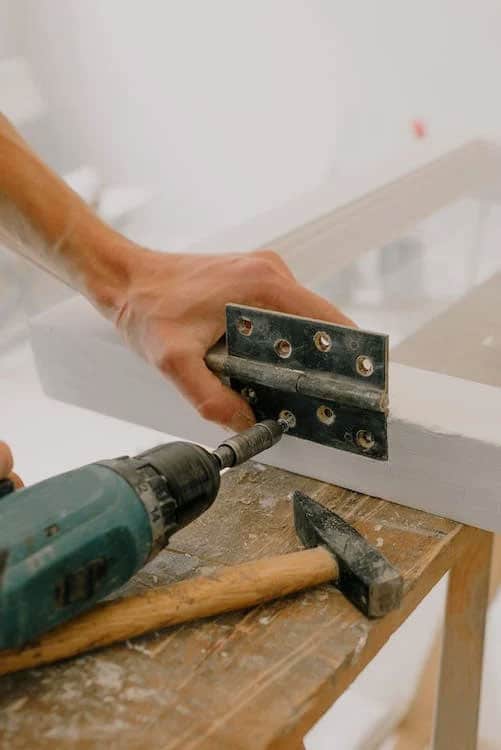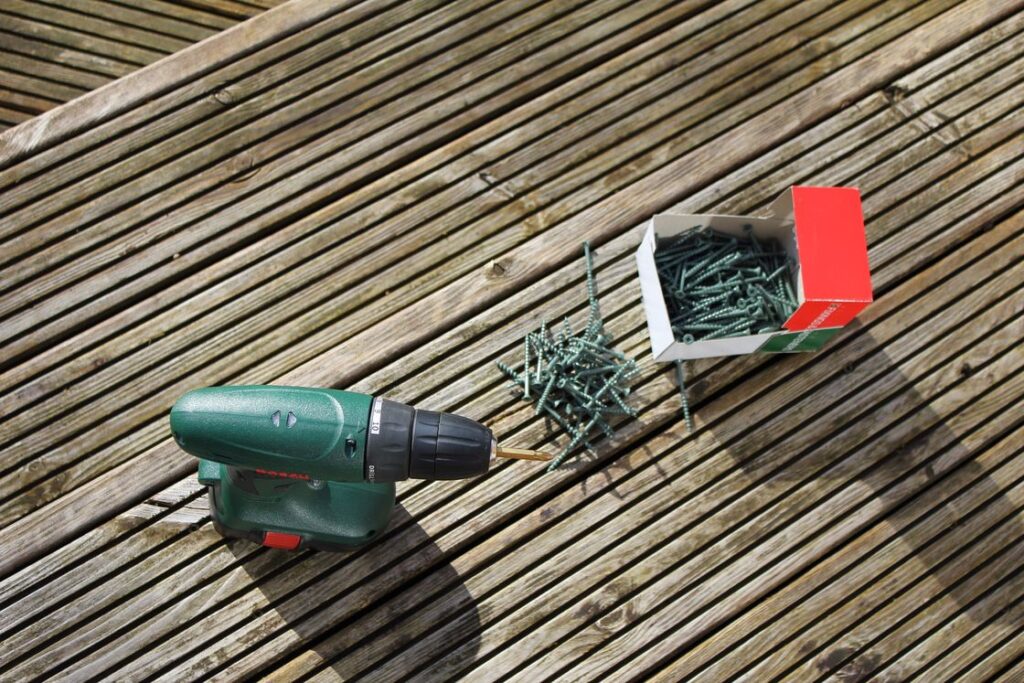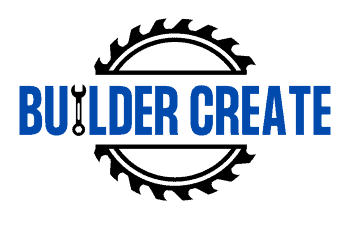If it’s your first time dealing with screws, it might be confusing as there are different types of them. You’re probably here looking for answers on what size drill bit for a #3 screw is. #3 screws also have a variety of configurations, and we’ll provide every drill bit size for them.
Contents
What Size Drill Bit for a #3 Screw
For a #3 screw, the size of the drill bit depends on the type of screw and the surface material. Below is the list of drill bit sizes for different #3 screws. Make sure you follow this accurately.

|
Screw Type |
Drill Bit Size (diameter) |
|
Type AB Self Tapping Screws |
0.0810 inch |
|
Type B Self Tapping Screws |
0.0810 inch |
|
Type 25 Thread Cutting Screws |
0.0810 inch |
|
Type A Self Tapping Screws |
0.0810 inch |
|
Type F Thread Cutting Screws |
0.0810 inch |
|
Type 1 Thread Cutting Screws |
0.0810 inch |
|
Type 23 Thread Cutting Screws |
0.0810 inch |
|
High Low Thread Forming Screws for Materials with Flexural Modulus of at least 200,000 PSI |
0.073 inch |
|
High Low Thread Forming Screws for Materials with Flexural Modulus of over 200,000 PSI |
0.078 inch |
|
Thread Forming Screws for Soft Ductile Materials |
0.0880-inch |
|
Thread Forming Screws for Brittle Materials |
0.0940 inch |
Do note that this sizing is for #3 screws only and is different from the 3-48 tap with a drill bit of 5/64″. Also, you might also encounter 28, which refers to the screw threads per inch of #3 screws. Do not confuse this with the screw number or drill bit size, although screw numbers can go as high as 24.
Tips for Using Small Drill Bits
Never Force the Drill Bit
It’s not a good decision to force the drill bit through the material most of the time. The speed of the drill bit won’t change even if you force it through, and it will only do more harm than good.
You also might end up breaking the bit if you’re being forceful. Small drill bits are usually brittle so you need to use them carefully. Forcing it through also blunts the bit’s tip, making it unusable.
In the end, you want to ensure that the drill bit you’re using is compatible with the surface. If it is and still doesn’t drill effectively, other underlying problems might need to be addressed.

Clamp the Material
Since small drill bits require a bit of careful handwork, you need your surface to be as stable as possible. Hence, you should definitely clamp it down to keep it from moving. Even with small drill bits will be hard if the surface isn’t steady.
This is especially true in small workpieces. Clamps hold the workpiece or surface in place so you can drill without worrying about it moving.
Think of clamps as an extra pair of hands that holds the piece for you so you can use both your hands to use the drill more accurately. There are many different drilling clamp accessories available in the market.
Use a Drill Press
Drilling with small drill bits requires a lot of accuracy. With a drill press, your accuracy increases significantly and generally produces better results. Most drill presses are built with metalworking features.
It has features that make drilling with small drill bits easier. For example, it has a handle that results in the bit going down into the workpiece at an accurate angle, creating a precise drilling area.
If you’re going to work on a lot of small drill bits in the future, it’s not bad to invest in a drill press with many features related to drilling with small drill bits.
Conclusion
#3 screws can vary in their drill bit size depending on what type of screw you’re using. Make sure you check what screws you are using and their packaging, as there might be a recommended drill bit size shown in it.
